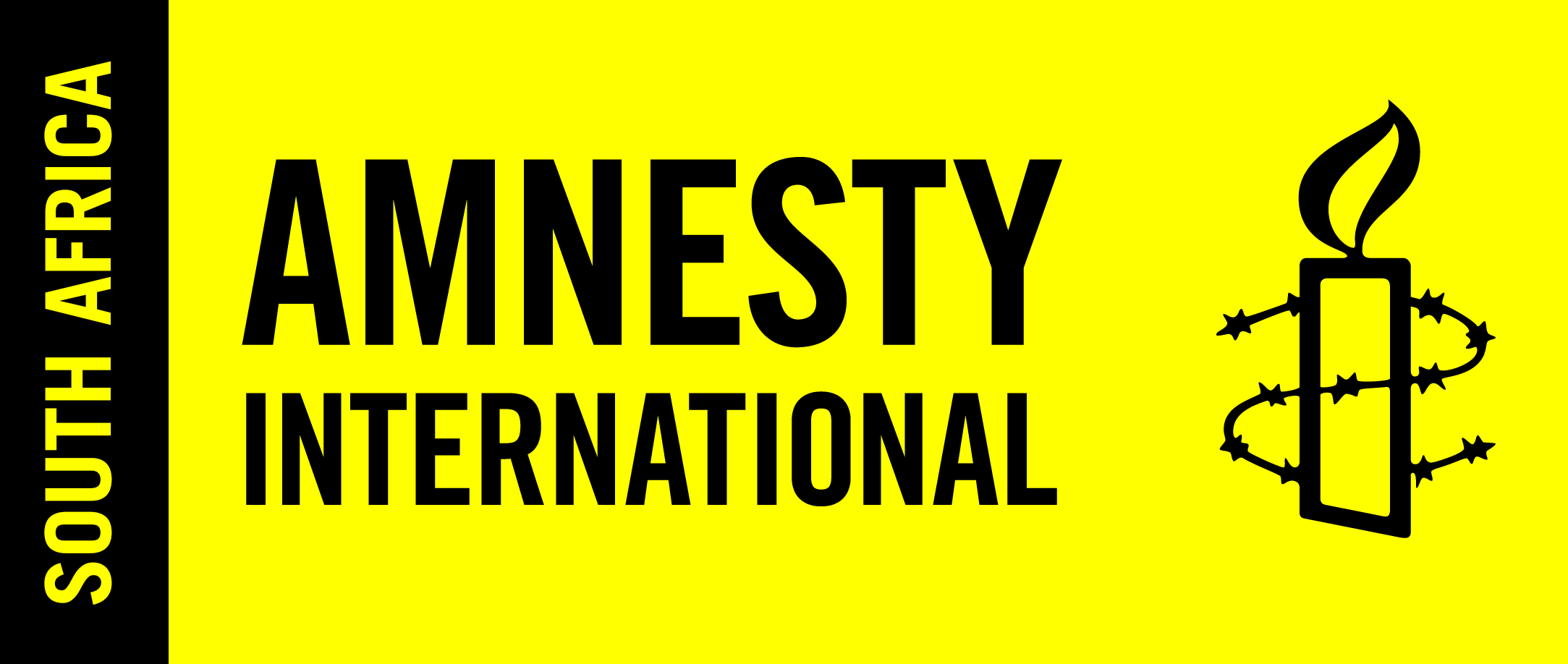On Wednesday, 10 March Amnesty International South Africa received the shocking news of the death of a 35-year-old civilian man, now identified as Mthokozisi Ntumba. He was allegedly killed by police using rubber bullets during the policing of protest action by Wits university students.
Ntumba had just exited a clinic in Braamfontein where he had sought medical advice. It was his own doctor who responded and tried to save his life when he collapsed just outside the clinic doors.
In interviews with news channels immediately after the incident, the doctor provided gory details of the nature of the wounds inflicted and of the pain and suffering of Ntumba as he “gasped” for his last breath.
Responding to the death, Police Minister Bheki Cele told the media outside the home of Ntumba where he was visiting the family: “It is something that has no inch, no grain of explanation or defence on it. Somebody, for me, just went crazy.”
This is not the first civilian to die at the hands of the police and it is time that Minister Cele took responsibility and stopped playing the blame game. The buck ends with him. He must ensure that his troops receive proper training if he wants to end this horrendous cycle of excessive use of force. Every South African has the constitutional right to peacefully protest without fear of being killed by police.
The response by police during the protest action by Wits university students last Wednesday is in violation of international law and the principles of necessity and proportionality that should always guide the use of force. The police will argue that they are forced to use “less-lethal” weapons for crowd control and during protest action, but less-lethal does not mean non-lethal and nobody should die at the use of these.
Less-lethal weapons include rubber-coated metal bullets, tear gas, stun grenades, pepper spray and rubber ball projectiles to name just a few.
Amnesty believes that, until police are properly trained in how and when to use weapons like rubber bullets, which are fatal if used incorrectly, they must be banned from using them. The false impression given is that these so-called “less-lethal” weapons cause “limited damage” but we know this is not the case. We have seen it before in this country and saw it again in Wednesday’s incident.
Cheaply produced and easy to deploy, law enforcement agencies argue that these weapons offer a substantially reduced risk of death when compared to conventional firearms. Over the past two decades they have become weapons of choice by security agencies and the police.
However, as early as 1990, when the United Nations’ Basic Principles on the Use of Force and Firearms by Law Enforcement Officials was adopted, experts warned of the dangers of these so called ‘non-lethal’ incapacitating weapons.
To be lawful under international norms, the use of less-lethal weapons must be restricted to situations of necessity and in proportion to the associated risks. In other words, the force used must be the very minimum required under the circumstances at hand. Under international law, any use of force by state agents that exceeds what is necessary and proportionate is deemed an attack on human dignity.
Additionally, the international standard of precaution must be implemented. For example, the failure to provide security officials with the proper training in the use of less-lethal techniques and weapons may constitute a failure to protect life. Given that the issue of excessive use of force by the police on civilians, particularly during protest action, is rife in this country, it is critical that the broader system of police response is examined to root out and address the failures to take appropriate precautionary measures.
The use of non-lethal weapons must be regulated, including the monitoring of their development, production, and sale, as well as the issuing of appropriate protocols for their legitimate use.
There must also be accountability. Firing rubber bullets at the face or spraying gas directly at protesters, especially when they are not posing a threat, is not acceptable and is in violation of the law. It should have no place in any police force and especially not in a constitutional democracy like South Africa.
Last year, following the death of Collin Khosa, Amnesty International South Africa wrote to the Minister of Police, Bheki Cele, and shared with him Amnesty International’s Guidelines for the Implementation of the UN Basic Principles on the Use of Force and Firearms by Law Enforcement Officials. These UN Basic Principles were adopted to support law enforcement officials, noting that police are often tasked with challenging situations and that clear guidelines enable them to make the best possible decisions.
Amnesty International’s Guidelines aim to provide a comprehensive overview of the considerations national authorities should consider when establishing a framework in accordance with the UN Basic Principles and are particularly relevant to the context in South Africa.
We asked for a meeting with Minister Cele and offered our assistance and support. We have still not managed to secure a meeting.
It is important that an independent and impartial inquiry into the killing of the civilian in last Wednesday’s incident takes place, and that the police officers are brought to justice in accordance with the right to a fair trial. Investigations by the Independent Police Investigative Directorate (IPID) must be fully supported and transparent and must take national and international human rights laws and standards into account. Further to this, all investigative reports into incidents must be made available to the public.


